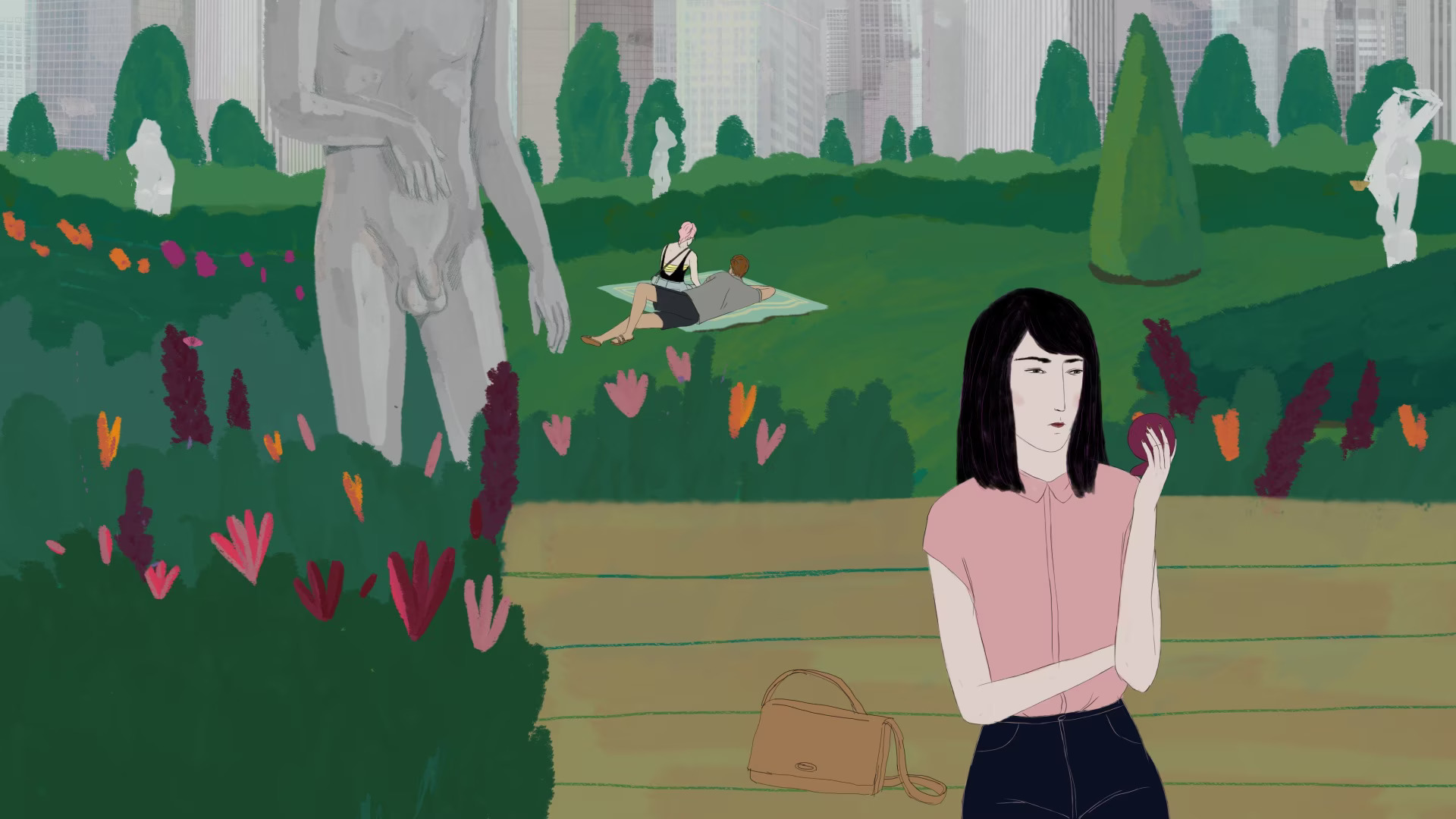
“I Love Films Without Dialogue” – An Interview with Hungary’s Leading Animation Film Dramaturg, Rita Domonyi
As a dramaturg, she has contributed to animated works such as White Plastic Sky and the TV series The Adventures of Candide. She also wrote the screenplay for Nadja Andrasev’s award-winning short Symbiosis and worked as a script editor on several short films, including Take Me Please by Olivér Hegyi and Troubled Neighborhood by Marcell Szénási. We spoke with Rita about the dramaturge’s creative space, dialogue versus dialogue-free animation, and her work as a children’s book author.
As a dramaturg, do you have a preferred working method, or does it depend on the director and the nature of the project?
My method is simple: I listen, observe, and ask questions. After twenty-five years in animation, I trust my intuition — though I already did that from the start. Every director and every project is different, and I love when a film develops organically. That way, every phase of development remains exciting and engaging.
At what stage do you usually join a project, and how long do you stay involved in the filmmaking process?
Ideally, I start thinking with the creators from the very beginning of development. With directors I work with regularly, this level of trust is already in place. If I’m brought in later, there are times when I see things differently than how the material has evolved so far. Sometimes that shift in perspective is enlightening — other times, less so. Either way, we quickly find out whether we can work together.
Developing the animatic is also part of my job; it’s the moment when we see whether what we came up with in the script actually works visually.
What kind of working method do you find the most enjoyable and seamless?
Lots of inspiring conversations, sometimes even about seemingly unrelated things. Working in a joyful, playful atmosphere — even when tackling heavier themes. Humor and play are the foundations of creativity. Without them, I wouldn’t be a dramaturg.
What do you think is most important in the collaboration between a director and a writer-dramaturg? What’s the key to a fruitful working relationship?
It’s crucial to really listen to each other and to be curious about the other’s thoughts and thought processes. Being open to new perspectives is essential. It’s best when we search for truth and authenticity together — something we can both stand behind. Honesty is also key, and sometimes that means starting over more than once if needed. And of course, leaving your ego at the door.
How much creative space do you typically have as a dramaturg?
That depends entirely on the project and the director. In close creative collaborations, I may even become a co-author at some point, even if that wasn’t part of the original plan. I adjust my involvement based on what’s needed. With auteur films, it always depends on how much space the director allows. In animated series or feature-length productions, the workload is more strictly defined from the start.
Does a film with dialogue require a different approach from one without dialogue?
I love films without dialogue. It’s like writing poetry without words, using only images and drawings. It gives you a sense of total freedom, which, if embraced, can take you to great creative heights. Dialogue is just one layer of a film, and it has to be in harmony with every other detail of the animation. The balance is crucial.
You’re also a children’s book author. How did you enter that world, and how different is that from working on auteur animation projects?
One day I just felt the urge to write a children’s book. In that realm, it’s just me and my own inner world — its spaces and its characters. I immerse myself in these stories the way white disappears into snow.
Ákos Pauló-Varga

